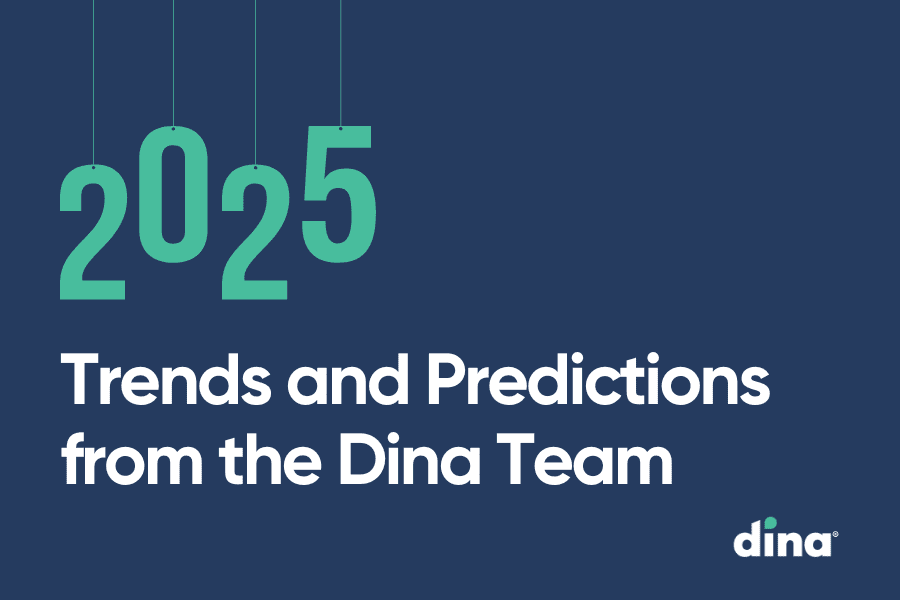As rehabilitation, home health, and private care organizations expand their footprints and focus on service delivery, enterprise level visibility, control, and workflow flexibility become critical. These seemingly competing needs have led to many of these organizations turning towards centralized models for intake. When such a model is implemented, referrals from a single region, or from the entire country, can be managed and distributed by a singular office — essentially a hub for all referrals sent to your health system and affiliates. As is quickly becoming evident, managing transitions in this way produces a multitude of benefits:
- With a single office playing quarterback to a patient’s care, the patient’s wellbeing is serviced by promoting collaboration between local providers.
- Pre-authorization, determination of patient needs, information gathering, and ultimately, distribution of services can be performed by just a few specialized people. With increased consistency and efficiency, acceptance rates significantly improve.
- When organizations experience these benefits and referral exchanges become more efficient and collaborative, servicing offices spend more time providing care and less time doing paperwork.
What is Central Intake?
Central Intake is a unified point of contact which at its core is dedicated to helping people work efficiently, while delivering and receiving high quality services. Internally, Central Intake consolidates the inbound referral processes for any number of disparate offices. A team can actively receive, update, and engage with referrals, ensuring that organizations are able to provide the appropriate level of care, while also soliciting additional information to ensure the transition of care is as smooth as possible. Externally, Central Intake assists both patients and families by determining the services and support that are best suited for each patient. Further, with a centralized approach, professionals and patients alike can more easily locate up-to-date information on what support services are actually available in their community and which service will best meet their needs – leading to a more educated consumer and provider base. Ultimately, as patient referrals are accepted more efficiently, everyone in the system benefits. Central intake eliminates challenges by defining a singular access-point for patients, their families, and your partners.
Why Central Intake?
Consistency: Central Intake models ensure patients are linked to the most appropriate services at the appropriate time. Enterprise-wide, this model provides uniformity across programs. A hub for referral distribution means you have tighter control over acceptance criteria as well as access to more cohesive follow-up procedures.
Accuracy: Referral managers in an intake office can accurately evaluate each referral based on geography, needs, and service availability, ensuring that the local office receives all documentation needed to admit. The implications of consolidating expertise has enormous upside pay-off.
Efficiency: Partners no longer need to sift through hundreds of organizations to place their patients. Instead, they can reach out to a singular point of contact regardless of geography, reducing the risk of misplaced referrals or network leakage. Partners can feel confident that the centralized intake office will identify the correct service providers and continue to follow patients to ensure closure.
In our work with key partners across the country, we’ve seen various referral management structures and the benefits of coordinating a central intake method. The Central Intake model empowers organizations to reduce leakage while proactively managing quality and utilization across multiple service lines. As these models continue to grow in adoption and utilization, one things is clear: teams need the right tools to be able to manage and coordinate care across facilities.
Enter Prepared Health:
By managing patient transitions digitally and from a central location through the Prepared Health platform, our partners have greater control and insight into the speed, efficiency, and accuracy of organizations that provide care. With the addition of DINA™, the referral team can also enable evidence-based transitions, allowing the AI technology to make real-time care recommendations to providers based on relevant and accurate patient-centered data.




